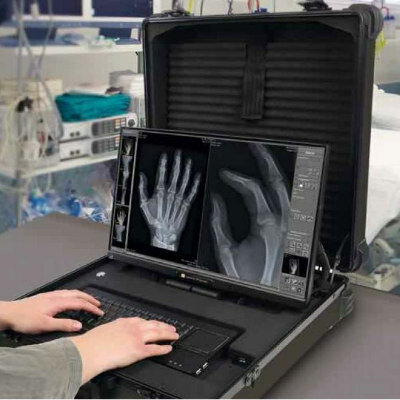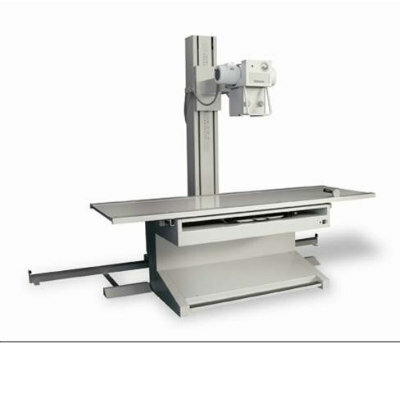Tobacco Smoking Impacts Teenagers' Brains
By MedImaging International staff writers
Posted on 18 Mar 2011
A brain imaging study's findings have shown that teenagers who smoke tobacco have less activity in their prefrontal cortex.Posted on 18 Mar 2011
Whereas studies have tied cigarette smoking to deficits in attention and memory in adults, University of California, Los Angeles (UCLA; USA) researchers sought to compare brain function in adolescent smokers and nonsmokers, with a focus on the prefrontal cortex, the area that is still developing structurally and functionally in adolescents. They found a disconcerting correlation: The greater a teen's addiction to nicotine, the less active the prefrontal cortex was, suggesting that smoking can affect brain function.
The study's findings were published in the March 2011 online edition of the journal Neuropsychopharmacology. This discovery is clearly not good news for smokers, according to the study's senior author, Dr. Edythe London, a professor of psychiatry at the Semel Institute for Neuroscience and Human Behavior at UCLA. "As the prefrontal cortex continues to develop during the critical period of adolescence, smoking may influence the trajectory of brain development and affect the function of the prefrontal cortex,” Dr. London said.
In the study, 25 smokers and 25 nonsmokers between the ages of 15 to 21 were asked to perform a test that activated the prefrontal cortex and required them to suppress responding. The test, called the Stop-Signal Task (SST), was performed while the participants were undergoing functional magnetic resonance imaging (fMRI) scanning. The Stop-Signal Task involves pressing a button as rapidly as possible every time a lighted arrow appears--unless an auditory tone is played, in which case the participant must prevent himself from pressing the button. It is a test of a person's ability to inhibit an action.
Before the fMRI scan, the researchers used the heaviness of smoking index (HSI) to measure the level of nicotine dependence in the smoking group. The HSI takes into account how many cigarettes a teen smokes in a day and how soon after waking he or she takes the first smoke.
The results of the tests, according to Dr. London, were interesting--and surprising. Among smokers, the researchers found that the higher the HSI the lesser the activity in the prefrontal cortex. Nonetheless, in spite these lower levels of activation, the smoking group and the nonsmoking group performed about the same with respect to inhibition on the Stop-Signal Task.
"The finding that there was little difference on the Stop-Signal Task between smokers and non-smokers was a surprise," said Dr. London, who is also a professor of molecular and medical pharmacology at the David Geffen School of Medicine at UCLA and a member of the UCLA Brain Research Institute. "That suggested to us that the motor response of smokers may be maintained through some kind of compensation from other brain areas.”
Protracted development of the prefrontal cortex has been implicated as a cause of poor decision-making in teens, Dr. London reported, caused by immature cognitive control during adolescence. "Such an effect can influence the ability of youth to make rational decisions regarding their well-being, and that includes the decision to stop smoking,” she said.
The major finding, Dr. London noted, is that "as the prefrontal cortex continues to develop during the critical period of adolescence, smoking may influence the trajectory of brain development, affecting the function of the prefrontal cortex. In turn, if the prefrontal cortex is negatively impacted, a teen may be more likely to start smoking and to keep smoking--instead of making the decision that would favor a healthier life.”
Conversely, the point that adolescent smokers and nonsmokers performed equally well during a response-inhibition test suggests that early interventions during the teenage years may prevent the transition from a teen smoking an occasional cigarette in response to peer pressure to addiction in later adolescence.
Related Links:
University of California, Los Angeles














